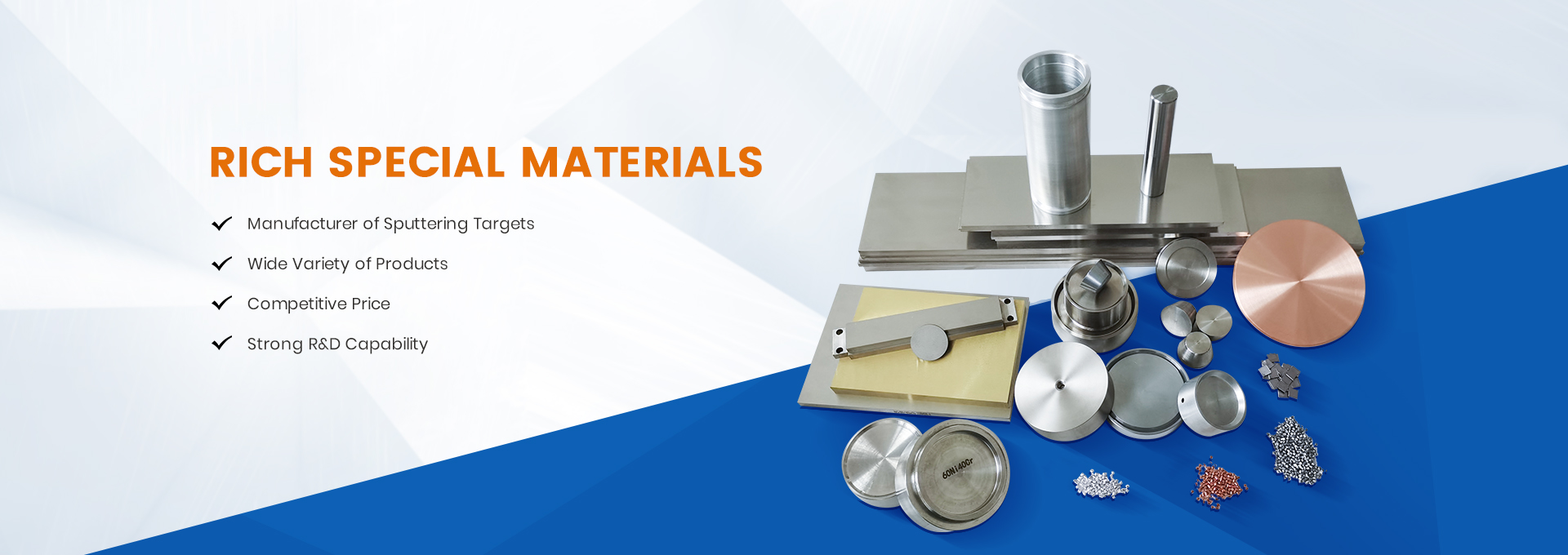Ferroboron is an iron alloy composed of boron and iron, mainly used in steel and cast iron. Adding 0.07%B to the steel can significantly improve the hardenability of the steel. Boron added to 18%Cr, 8%Ni stainless steel after treatment can make the precipitation hardening, improve the high temperature strength and hardness. Boron in cast iron will affect graphitization, thus increasing the depth of the white hole to make it hard and wear resistant. Adding 0.001% ~ 0.005% boron to malleable cast iron is beneficial to forming spheroidal ink and improving its distribution. At present, low aluminum and low carbon iron boron are the main raw materials for amorphous alloys. According to GB5082-87 standard, China’s iron boron is divided into low carbon and medium carbon two categories of 8 grades. Ferroboron is a multicomponent alloy composed of iron, boron, silicon and aluminum.
Ferric boron is a strong deoxidizer and boron addition agent in steelmaking. The role of boron in steel is to significantly improve the hardenability and replace a large number of alloying elements with only a very small amount of boron, and it can also improve mechanical properties, cold deformation properties, welding properties and high temperature properties.
According to the carbon content of boron iron can be divided into low carbon grade and medium carbon grade two categories, respectively for different grades of steel. The chemical composition of ferric boron is listed in Table 5-30. Low carbon iron boride is produced by thermit method and has a high aluminum content. Medium carbon boron iron is produced by silicothermic process, with low aluminum content and high carbon content. The following will introduce the main points and history of the use of iron boron.
First, the main points of the use of iron boron
When using iron boride, the following points should be noted:
1. The amount of boron in iron boron is not uniform, and the difference is very large. The boron mass fraction given in the standard ranges from 2% to 6%. In order to accurately control the boron content, it should be remelted in the vacuum induction furnace before use, and then used after analysis;
2. Select the appropriate grade of iron boride according to the smelting steel. When smelting high-boron stainless steel for nuclear power plants, low carbon, low aluminum, low phosphorus iron boron should be selected. When smelting boron-containing alloy structural steel, medium carbon grade iron boride can be selected;
3. The recovery rate of boron in iron boride decreased with the increase of boron content. In order to obtain a better recovery rate, it is more advantageous to select iron boride with low boron content.
Second, the history of iron boron
British David (H.Davy) for the first time to produce boron by electrolysis. H.Moissan produced high carbon iron borate in an electric arc furnace in 1893. In the 1920s there were many patents for the manufacture of iron boride. The development of amorphous alloys and permanent magnet materials in the 1970s increased the demand for iron boride. In the late 1950s, China’s Beijing Iron and Steel Research Institute successfully developed iron boride by thermit method. Subsequently, Jilin, Jinzhou, Liaoyang and other mass production, after 1966, mainly by Liaoyang production. In 1973, iron boron was produced by electric furnace in Liaoyang. In 1989, low aluminum-boron iron was developed by electric furnace method.
Post time: Nov-17-2023



